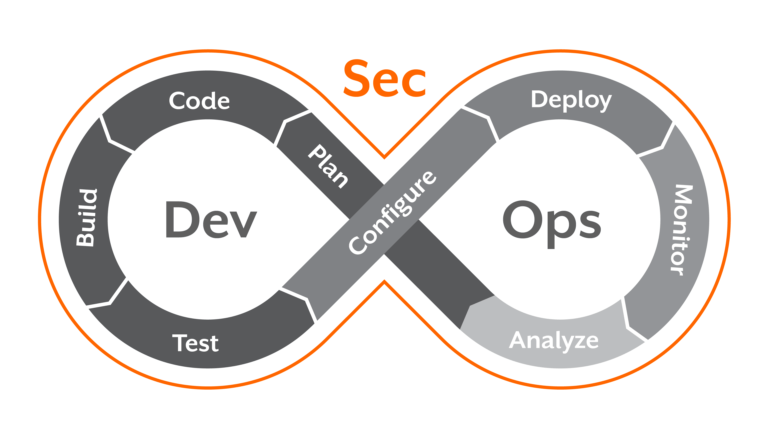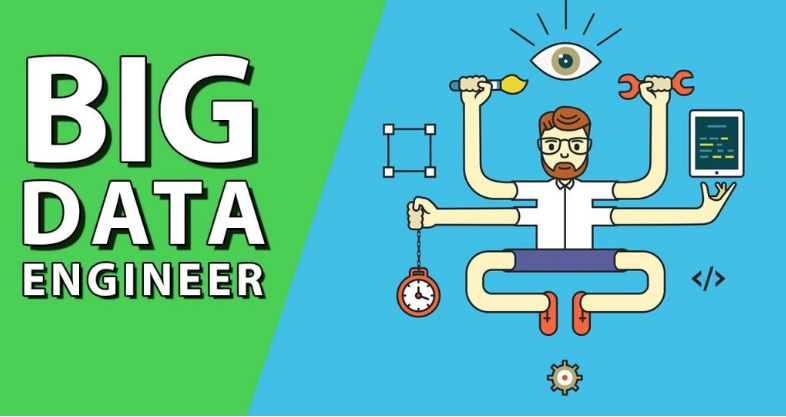If you are into Data Analysis as a Business Analyst, it’s crucial to study and comprehend the concept of data analysis. In order to find relevant information, come to conclusions, and help decision-making, it entails the analysis, cleaning, transformation, and modelling of data. Let’s use a store as an example. You have a lot of sales data.
Data Analysis as a Business Analyst would entail looking at the data to determine which items are selling the most, which ones are well-liked by particular demographics, or if there are any particular reasons influencing sales.
You may decide what things to carry, how to price them, and which clients to target by analysing the data. To learn more, you can check out the online business analyst course.
Types of Data Analysis as a Business Analyst
Depending on the goals and type of the data being analysed, many approaches and methodologies are included in data analysis. Here are a few typical categories of data analysis:
1.Descriptive analysis
A fundamental kind of Data Analysis as a Business Analyst called descriptive analysis seeks to summarise and present facts in a comprehensible and educational way. Descriptive analysis offers insights into the traits and patterns found in the data by calculating various statistics.
Here are some illustrations of descriptive analysis methods:
- Survey Results: Assume you asked your students about their preferred pastimes in order to compile a list of their responses. Once the replies have been gathered, you can utilise descriptive analysis to compile the information. You may determine what proportion of your peers love various pastimes, such as sports, films, reading, and outdoor activities. You would get a general idea of the preferences in your class from this.
- Sales Data: Let’s say you run a modest internet business and want to examine your sales information. You can compute the average daily sales, the most popular products, or the distribution of sales among various customer segments by using descriptive analysis. You can use this information to better understand your target market and popular products as well as peak sales periods.
- Exam Scores: If you’re a student, you can utilise descriptive analysis to comprehend how you did in various classes. You could figure out the average score, the range of scores, and the proportion of students who scored higher than a particular mark, for instance. Your strengths and weaknesses would be revealed by this study, allowing you to concentrate on the areas that need improvement.
2.Diagnostic analysis
You can utilise diagnostic analysis, a potent method, to comprehend the cause-and-effect connections in a dataset. In addition to descriptive analysis, it focuses on examining patterns and trends in order to pinpoint the variables that influence particular outcomes or behaviours.
In order to help you understand better, consider these examples:
- Customer Churn: Consider that you work for a telecommunications Data Analysis as a Business Analyst and want to know why some customers are churning. You can investigate a number of variables, including client demographics, service usage patterns, pricing, and customer satisfaction levels, by performing a diagnostic analysis. You may find that customers with longer contract durations and poorer customer satisfaction are more likely to churn by looking at these criteria and how they relate to churn. This knowledge will enable the business to take proactive steps to raise customer happiness and lower turnover.
- Product Performance: Diagnostic analysis can also be used to judge how well a product or service is performing. Imagine you work for an online retailer and want to find out why some products receive better customer reviews than others. You can find trends and pinpoint the primary factors that influence customer satisfaction by studying customer evaluations, product features, pricing, and delivery schedules. According to this data, products with quicker delivery dates, affordable prices, and favourable customer reviews typically have higher ratings. With this information, you can improve product selections and marketing tactics to raise total client contentment and revenue.
3.Predictive analysis
Predictive analysis, as the name suggests, uses historical Data Analysis as a Business Analyst to create models and forecast future results.
In order to estimate future trends, this entails using machine learning to uncover patterns and relationships from historical data.
For instance, you can anticipate future sales in sales forecasting using variables like advertising spending, seasonality, and economic indicators.
To create precise forecasts, predictive analysis takes into account elements including trends, seasonality, and cyclical patterns. It is frequently utilised in many industries, including banking, stock market analysis, demand forecasting, and weather forecasting.
How to start a Data Analysis as a Business Analyst career
1.Understand the basics
Start by laying a solid foundation in programming, mathematics, and data analysis. Understanding ideas like probability, hypothesis testing, and data manipulation will be extremely helpful as you go with your data analysis.
2.Obtain Data Analysis Tools
Become acquainted with well-known data analysis programmes and languages including Excel, SQL, Google Sheets, Python, and R. These technologies offer effective ways to transform, display, and examine data.
In Data Analysis as a Business Analyst , data visualisation is essential. Learn how to use tools like Tableau to produce meaningful visual representations of data. More effective insights and findings communication can be achieved through excellent visualisation.
The subject of data analysis is continually expanding, so it’s important to keep up with the newest methods, resources, and fashions.
3.Acquire Practical Experience
Data analysis requires a lot of practice. Start by completing simple tasks or finding solutions to data-related issues like those in the aforementioned instances.
Take part in online contests, assist friends with data cleanup and organisation, contribute to open-source projects, or make your datasets for analysis. Follow blogs, sign up for data analysis forums, and take part in online workshops or classes.
Data Analysis as a Business Analyst Conclusion
You can learn more about how Data analysis is important in business analysis by checking out the business analysis training.






























4 Responses